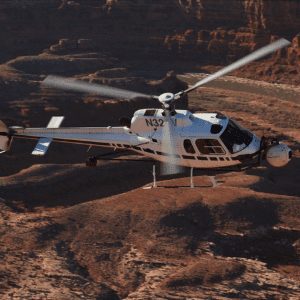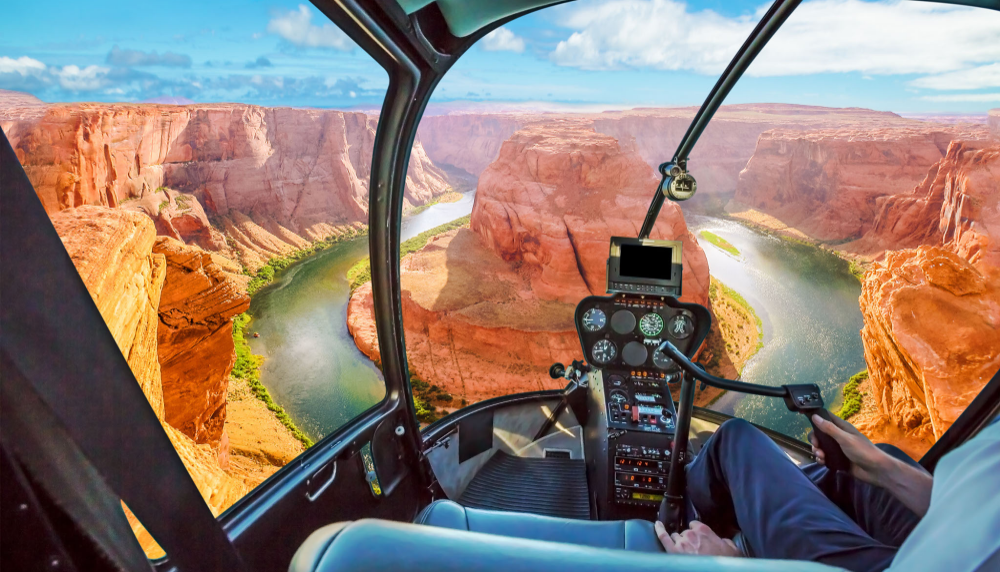Park Overflights
 Air tours of national parks, while exciting for passengers, are also noisy and usually low-flying, adversely affecting both wildlife and park visitors, as well as residents in gateway communities.
Air tours of national parks, while exciting for passengers, are also noisy and usually low-flying, adversely affecting both wildlife and park visitors, as well as residents in gateway communities.
For the past two decades, the FAA has been issuing interim approvals that essentially have grandfathered-in existing flight levels. The FAA has also sought voluntary agreements with tour operators who had little reason to consent to reduced flights because they had no reason to fear mandatory restrictions, until now.
Under terms of the National Park Air Tour Management Act (NPTMA) of 2000, the FAA and the National Park Service were supposed to establish rules governing the number, routes, and schedules of helicopter and fixed-wing park tourist overflights with two years. Twenty years later, not a single such plan has been adopted.
It took a court order to end decades of foot-dragging against reining in the thousands of noisy tourist overflights buzzing across national parks. Now, the first two National Park Air Tour Management Plans have been finalized but a score more parks will miss a court-ordered deadline altogether and many of those will be incomplete, lacking legally required environmental reviews.
Plans to limit park overflights must be put in place in order to protect national parks from being loved to death.
Change is Possible! National Parks Reclaim Their Skies

PEER started working on this issue after Glacier National Park found itself unable to curb incessant helicopter traffic even during mating seasons or when they were hovering over areas where wildlife needed to be undisturbed.
We discovered that the National Park Air Tour Management Act of 2000, which was supposed to protect Glacier and other parks from constant, noisy overflights, had never been implemented.